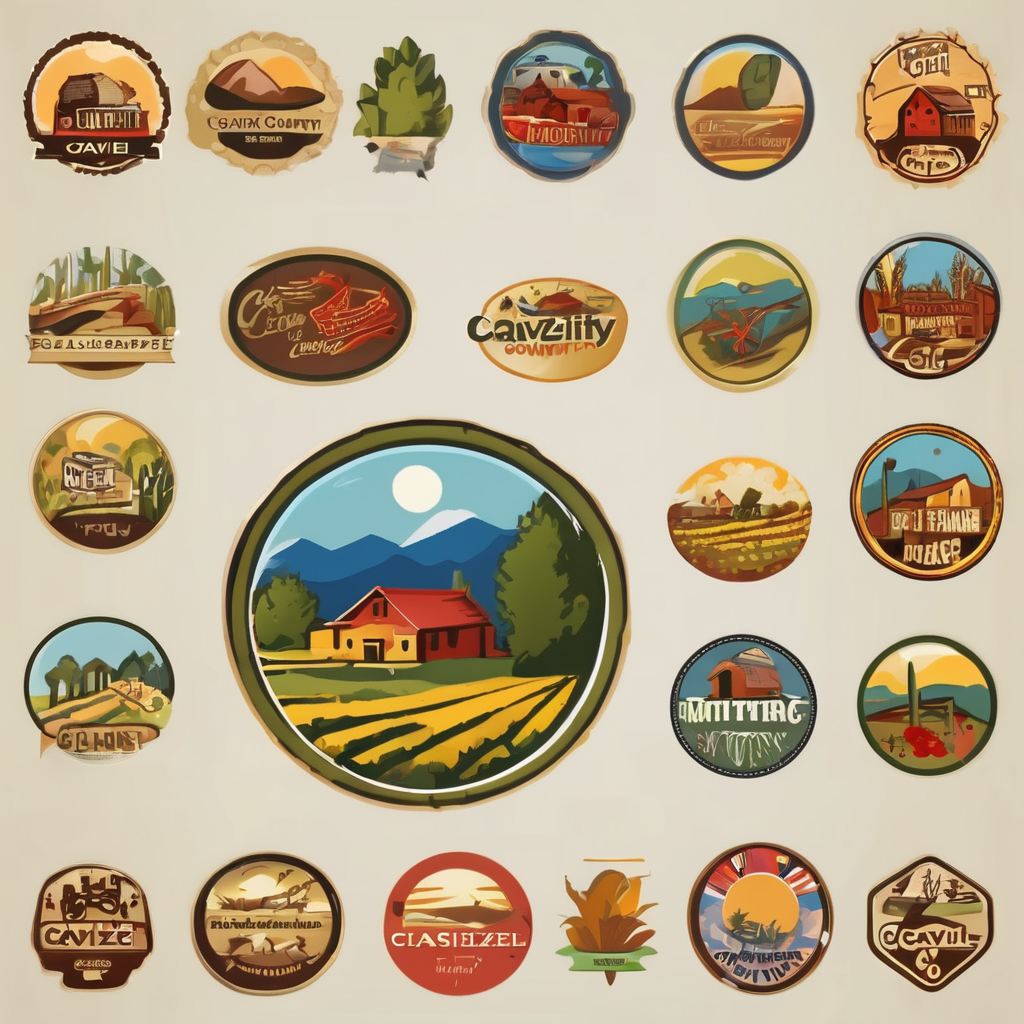Understanding the Classic Treacle Tart
The classic treacle tart is a quintessential traditional dessert in British cuisine, cherished for its rich history and unique flavour profile. Its origins can be traced back to the 19th century, a time when treacle was a widespread household staple due to its affordability and availability. This traditional dessert gained prominence during an era when households aimed to create sweet delights with limited ingredients.
Key Ingredients and Their Roles
The primary component distinguishing treacle tart is the golden syrup, which imparts its signature sweetness and mildly caramelised flavour. This distinctive taste is further complemented by breadcrumbs, lending a crumbly texture that balances the syrup’s smoothness. Lemons are frequently introduced to provide a refreshing contrast, ensuring the sweetness doesn’t become overpowering.
Have you seen this : How can you master the art of making a classic sticky toffee pudding?
Regional Variations and Historical Contexts
Throughout the UK, regional variations have flourished, each adding a unique twist to the conventional recipe. While some areas might integrate ground almonds or spices like cinnamon, others might boast local ingredients peculiar to their geography and agricultural practices. Historically, these variations signify different community adaptations, showcasing the flexibility and enduring appeal of the classic treacle tart. Such diversity not only preserves tradition but breathes new life into a beloved dessert, continuously evolving while retaining its classic charm.
Essential Ingredients for the Perfect Treacle Tart
To craft a perfect treacle tart, understanding the essential ingredients and their roles is crucial. The choice of components significantly influences the dessert’s flavour and texture, making each item a vital player in the symphony of tastes.
This might interest you : How do you prepare a proper Welsh rarebit?
The backbone of the treacle tart ingredients begins with golden syrup. This baking essential imparts the desired sweetness and takes centre stage in establishing the dessert’s characteristic flavour. The syrup’s gooey consistency is perfectly complemented by breadcrumbs, which introduce the necessary crumbly texture, preventing the tart from becoming overly saccharine or sticky.
Lemons, often added in the form of juice or zest, play a pivotal role. Providing a sharp contrast, they elevate the dish by balancing the sweetness with subtle acidity. This creates a well-rounded flavour profile that captivates the palate. To achieve the right texture and taste, adhering to recommended ingredient ratios is key: typically, the balance is one part breadcrumbs to two parts syrup.
In creating a successful treacle tart, the importance of quality cannot be overstated. Opting for premium golden syrup and fresh, fine breadcrumbs enhances the flavours significantly. Using the best lemons available ensures the perfect tanginess is achieved, elevating the overall taste.
In essence, the combination of syrup, breadcrumbs, and lemon creates a harmonious balance, integral to this iconic dessert. Understanding and mastering these elements lay the foundation for an exquisite treacle tart.
Step-by-Step Instructions
Creating a treacle tart requires attention to detail, from crafting the pastry shell to achieving the ideal filling texture. Let’s explore each phase for a flawless dessert.
Preparing the Tart Shell
The tart shell acts as the foundation of the dessert. For a flaky pastry, ensure your butter is cold and cut into small cubes. This helps achieve the delicate layers that are a hallmark of excellent pastry. Alternatively, a shortcrust pastry is simpler, offering sturdiness. Focus on gentle handling of the dough to avoid overworking, which can result in a tough texture. Pre-baking the shell, known as blind baking, is crucial. It prevents sogginess by sealing the pastry and ensuring it remains crisp against the filling.
Making the Filling
The filling is the heart of the treacle tart. Begin by mixing breadcrumbs and golden syrup thoroughly. This mixture should achieve a balance, not overly sticky but cohesive. Add lemon juice or zest to counteract the syrup’s sweetness, providing a refreshing undertone. The texture should be smooth yet somewhat loose before baking, ensuring it sets perfectly without hardening.
Assembly and Baking
Assembly entails spreading the filling evenly in the pre-baked shell. Ensure no gaps to avoid uneven baking. Set your oven to the correct temperature, typically around 180°C (350°F), to bake uniformly. The tart needs to develop a golden hue. Check the center for a slight firmness while the edges turn a deep golden brown. This indicates it is perfectly baked, ready to cool and serve.
Techniques to Balance Sweetness and Texture
Mastering the art of a classic treacle tart involves deftly balancing its inherent sweetness and ensuring an ideal texture. The most effective way to balance the tart’s sweetness is through the introduction of acidity, primarily through lemon juice or zest. This addition not only contrasts the sweetness but also accentuates the layers of flavour, offering a refreshing counterbalance that can transform the overall taste experience.
In terms of texture, breadcrumbs play a crucial role. They are not just fillers but key in achieving that crumbly, satisfying bite which distinguishes a fine treacle tart from simply a sticky sugar bomb. Quality breadcrumbs absorb the syrup beautifully, preventing the filling from oversaturating and maintaining the structure upon slicing.
To refine texture further, adjusting baking times is imperative. A slight underbake may lead to a too-gooey or sagging filling, whereas overbaking can cause a hard, uninviting tart. The precision of timing allows the filling to set perfectly while ensuring the pastry remains tender and flaky. By focusing on these techniques—acidity balancing and precise texture crafting—bakers can elevate their treacle tart, ensuring it meets both visual appeal and taste expectations.
Troubleshooting Common Issues
Baking a classic treacle tart can present its own set of challenges. Tackling these baking issues with confidence involves understanding potential problems and implementing effective solutions. One frequent issue is an overly sticky or a too-dry filling. This usually results from improper ingredient ratios. Ensure breadcrumbs are well-integrated with the golden syrup, balancing texture and sweetness.
For instances where the tart is undercooked, a common pitfall, it’s crucial to assess baking times and oven temperatures. Typically, 180°C (350°F) is effective, yet individual oven variances can necessitate adjustments. If the tart isn’t setting as expected, allow for additional minutes, monitoring closely to avoid overbrowning. Conversely, an overcooked tart may have hardened or burnt edges. To mitigate this, cover the edges with foil during the final baking stages.
Another key trouble spot is achieving the desired sweetness level. Personal preference varies, so altering the lemon juice or zest quantity can easily adjust sweetness. For a less saccharine result, increase the lemon factor or explore alternative sweeteners. Lastly, adapting the recipe to suit preference changes may include switching some traditional components, such as employing gluten-free crust options or vegan substitutes for the butter in the pastry. Addressing these common issues with these problem-solving baking techniques ensures a successful and delightful treacle tart every time.
Variations of the Classic Recipe
Treacle tart variations celebrate creativity and adaptability, offering a chance to add a new spin to this beloved traditional dessert. While staying true to the essence of the classic treacle tart, many enjoy experimenting with flavour adaptations and ingredient substitutions. Whether you’re aiming for seasonal touches or catering to dietary needs, these adjustments can enhance your baking experience.
One intriguing approach involves incorporating alternative sweeteners, like maple syrup or agave nectar, offering a distinct flavour profile. Such substitutions can transform the original recipe, introducing subtle nuances while maintaining the tart’s core appeal. Similarly, seasonal ingredients—like fresh berries or spices such as nutmeg and allspice—can be introduced for a twist that celebrates particular times of the year.
For those with specific dietary preferences, gluten-free options using almond flour or a gluten-free pastry mix provide a wonderful base, ensuring everyone can enjoy a slice. Likewise, vegan adaptations, employing substitutes like coconut oil instead of butter, align with modern dietary trends while keeping the integrity of this traditional dessert intact.
Experimenting with these flavor adaptations not only caters to diverse tastes but also enriches the treacle tart’s enduring legacy. With each variation, bakers breathe new life into the dessert, illustrating its timeless versatility.
Expert Tips for Mastering Treacle Tart
Mastering the treacle tart requires a blend of skill and knowledge, along with key insights from seasoned bakers. Whether you’re a novice or an experienced baker, these expert baking tips will enhance your treacle tart mastery.
Firstly, understanding the importance of using quality ingredients is paramount. Professional bakers emphasize that the best treacle tart results from high-quality golden syrup and fresh breadcrumbs. These elements significantly affect the flavour and texture, making them indispensable for achieving a superior dessert.
Another vital tip involves practice and refinement. Exact measurements and consistency in preparation develop over time, leading to the flawless execution of this traditional treat. As with any art, repeated practice enhances technique, especially in mastering the balance between sweetness and acidity.
Investing in proper tools and equipment can also make a monumental difference. Items such as a pastry blender for perfect pastry texture and a baking thermometer to ensure accurate oven temperatures can elevate your baking experience. These tools act as an extension of your skill, offering precision and consistency required for any professional pastry chef.
Lastly, adapting recipes and exploring ingredient substitutions allows for personal touches while respecting tradition. Experimenting with flavours and seasonal ingredients not only customizes the tart to your liking but also keeps the process fresh and engaging. With these tips, creating the perfect treacle tart becomes an achievable and rewarding endeavour.


